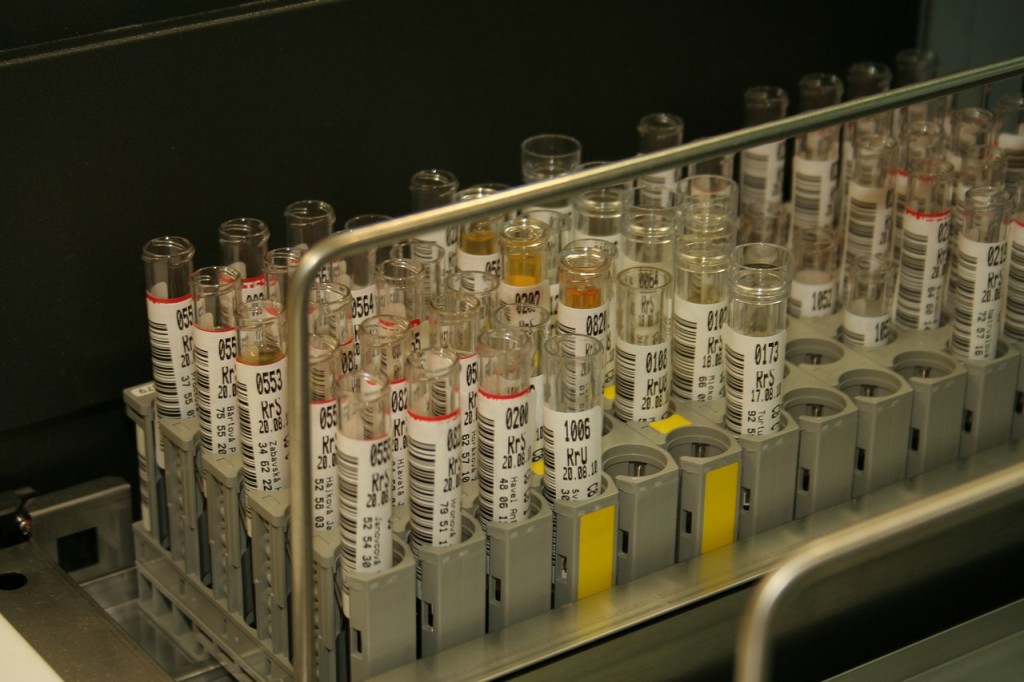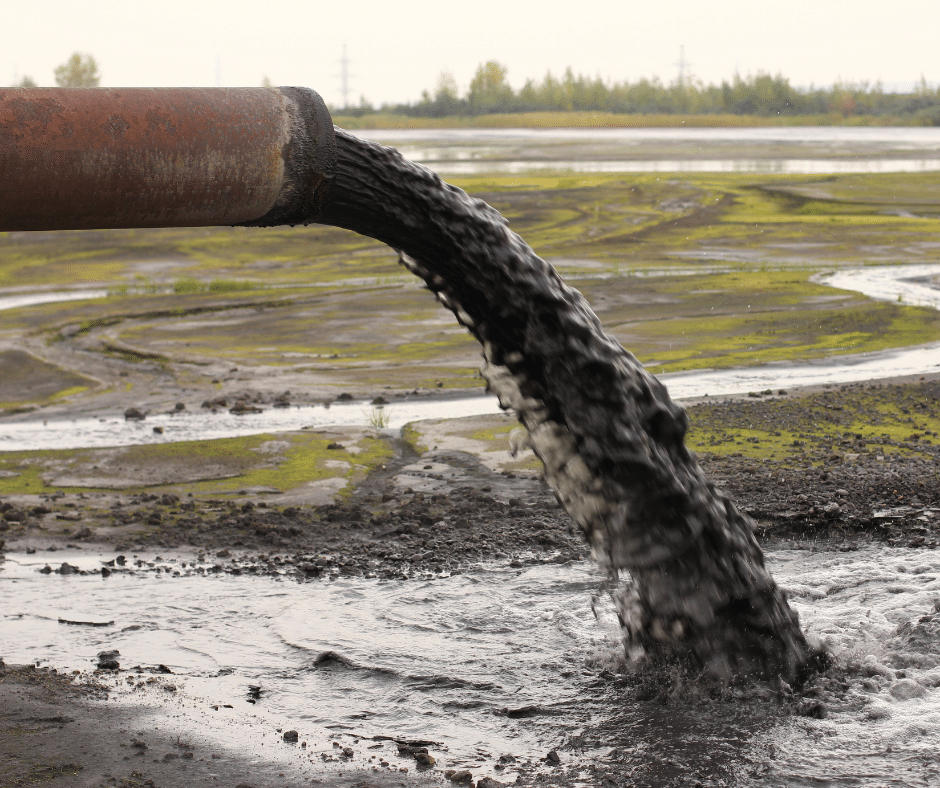Expert Liquid Waste Removal Melbourne: Keeping Your Environment Clean
Expert Liquid Waste Removal Melbourne: Keeping Your Environment Clean
Blog Article
Understanding the Comprehensive Refine of Fluid Garbage Disposal: Finest Practices and Environmental Impact Factors To Consider
The management of liquid waste disposal is a multifaceted problem that needs a complete understanding of various best techniques and their linked ecological influences. From the sorts of fluid waste produced to the methods used for collection, treatment, and last disposal, each step plays an essential duty in protecting ecological communities and public health and wellness. As regulatory criteria advance and innovation advances, the conversation around these procedures comes to be significantly pertinent. What ramifications do these modifications hold for future sustainability initiatives, and how can stakeholders make certain that they are adequately resolved?
Kinds Of Liquid Waste
Recognizing the different types of fluid waste is important for efficient administration and disposal techniques. Liquid waste can be extensively classified right into a number of kinds, each needing unique handling and treatment techniques.
Industrial fluid waste often has harmful products, including hefty steels, solvents, and chemicals, generated throughout producing procedures. These wastes necessitate stringent regulatory compliance to safeguard human health and wellness and the environment. Domestic liquid waste mostly refers to wastewater created from families, including sewage and greywater, which, although much less harmful, can still present substantial threats if improperly handled.
Agricultural liquid waste, consisting of drainage from ranches, commonly has plant foods and chemicals that can lead to environmental degradation if not treated sufficiently. Clinical liquid waste, created from health care facilities, includes contaminated liquids such as bodily fluids and chemicals, requiring specialized disposal methods to avoid infection and ecological contamination.
Lastly, oil and grease waste, generally produced by dining establishments and automobile industries, can cause extreme obstructions in drain systems otherwise handled correctly. Comprehending these categories facilitates targeted methods for treatment, conformity with policies, and reliable disposal methods, eventually advertising environmental sustainability and public wellness safety and security.

Collection Methods
Efficient collection techniques are important for the proper monitoring of liquid waste, making sure that it is gathered securely and effectively prior to treatment or disposal. Various strategies are employed depending on the type of fluid waste generated, the quantity, and the specific qualities of the waste.
One common approach is using committed collection tanks or sumps, which are designed to record liquid waste at the resource. These systems frequently incorporate pumps that promote the transfer of waste to bigger storage space containers or therapy facilities. In addition, mobile collection systems equipped with vacuum innovation are utilized in circumstances where waste is created intermittently or in hard-to-reach locations.
For commercial setups, closed-loop systems can successfully minimize leakages and spills, permitting for the healing and reuse of fluid waste. It is also necessary to educate workers on appropriate collection methods to reduce dangers connected with hazardous compounds.
Moreover, applying normal maintenance timetables for collection tools guarantees optimal efficiency and safety and security. The integration of sophisticated tracking systems can enhance collection effectiveness by giving real-time data on waste levels and potential hazards. In general, efficient collection methods are fundamental to lasting fluid waste monitoring techniques.
Therapy Processes
Treatment procedures play a vital duty in the administration of liquid waste, transforming potentially hazardous products into safe effluents or reusable sources - liquid waste disposal. These procedures can be extensively categorized into physical, chemical, and biological methods, each tailored to deal with particular pollutants existing in the waste stream
Physical treatment techniques, such as sedimentation and filtration, work by removing put on hold solids and particle matter. These techniques are frequently the primary step in the treatment chain, properly lowering the load on succeeding procedures. Chemical treatments involve using reagents to neutralize harmful substances, precipitate heavy metals, or oxidize natural contaminants, thereby enhancing the safety of the effluent.
Biological therapy procedures, including activated sludge systems and anaerobic digestion, maximize the natural capabilities of bacteria to deteriorate raw material. These approaches are specifically reliable for wastewater containing eco-friendly contaminants. Advanced therapy modern technologies, such as membrane filtering and progressed oxidation processes, are increasingly employed to accomplish greater levels of purification.
Incorporating a mix of these therapy methods not only makes certain compliance with regulative criteria but additionally promotes environmental sustainability by recouping valuable resources from liquid waste.
Disposal Options
Just how can organizations guarantee the secure and accountable disposal of liquid waste? Reliable disposal options are critical for protecting public health and wellness and the setting. The key methods consist of land incineration, therapy, and disposal followed by discharge into municipal wastewater systems.
Land disposal includes the careful containment of liquid waste in marked garbage dumps, making sure that it does not leach into bordering dirt or water. Incineration, on the other hand, subjects liquid waste to high temperatures, transforming it right into ash and gases, which require proper purification to lessen exhausts. This approach is appropriate for harmful wastes that can not be dealt with with typical ways.
In instances where fluid waste can be dealt with, organizations might go with chemical or organic therapy processes to reduce the effects of hazardous parts before discharging the treated effluent right into local systems. This course typically straightens with check regulatory demands, ensuring that the effluent meets safety and security requirements.
Eventually, companies have to conduct comprehensive analyses of each disposal choice to identify its stability, considering aspects such as waste make-up, governing conformity, and possible risks to health and wellness and the atmosphere. By selecting ideal disposal methods, businesses can add to an accountable waste monitoring approach.
Environmental Impact
The ecological effect of liquid waste disposal is a crucial factor to consider for companies looking for to lessen their ecological footprint. Furthermore, the discharge of untreated or inadequately treated waste into surface area waters can result in eutrophication, leading to oxygen exhaustion and the succeeding death of fish and various other microorganisms.

To alleviate these effects, organizations need to embrace best techniques such as executing extensive waste treatment processes, advertising recycling and reuse, and sticking to regulatory standards. By taking an aggressive approach to liquid waste administration, entities can significantly decrease their environmental impact while supporting sustainable growth goals. Ultimately, an extensive understanding of the ecological impacts linked with fluid garbage disposal is necessary for notified decision-making and liable stewardship of all-natural sources.
Verdict
Efficient administration of liquid waste is important for protecting environmental stability and public health and wellness. By taking on finest practices in collection, disposal, and treatment, alongside address adherence to governing standards, the capacity for damaging contamination of ecological communities can be substantially reduced. Constant developments in innovation and processes add to lasting waste management initiatives. Ultimately, a thorough understanding of liquid waste disposal not just alleviates environmental effects yet likewise promotes a commitment to accountable resource monitoring and environmental stewardship.
The administration of fluid waste disposal is a diverse issue that needs an extensive understanding of numerous ideal techniques and their associated environmental effects. From the kinds of liquid waste generated to the methods used for collection, treatment, and final disposal, each step plays a crucial role in securing ecosystems and public health and wellness.The ecological effect of liquid waste disposal is an essential factor visit the website to consider for organizations looking for to decrease their environmental impact. Inevitably, an extensive understanding of the environmental influences connected with liquid waste disposal is necessary for educated decision-making and liable stewardship of natural resources.
Ultimately, an extensive understanding of liquid waste disposal not just minimizes ecological effects yet additionally cultivates a dedication to liable source management and ecological stewardship.
Report this page